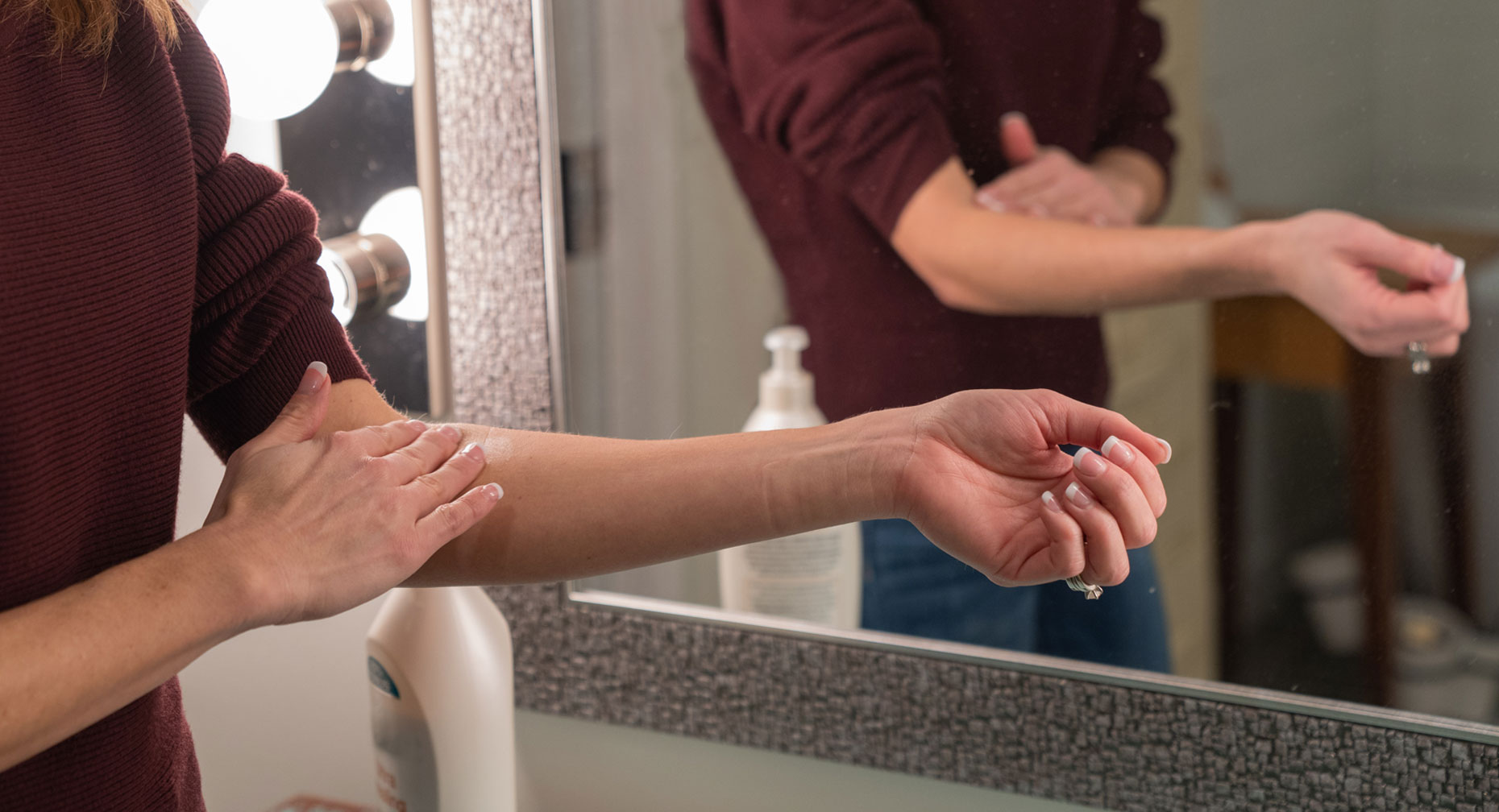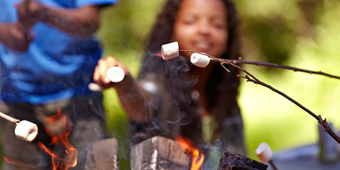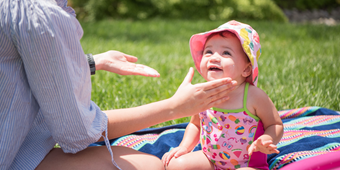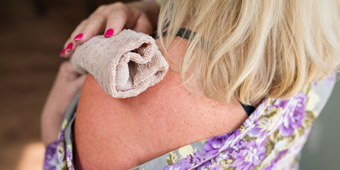Harmless But Annoying: Sebhorrheic Keratosis

Find Your Perfect Match
Answer a few questions and we'll provide you with a list of primary care providers that best fit your needs.
Sebhorrheic keratosis is a common skin condition in which growths form on the skin. These growths are a noncancerous (benign) type of skin tumor. They most often develop in people over age 40.
Fortunately, these skin growths are harmless. People sometimes find them bothersome because:
- Of their appearance
- They can rub or catch on clothing and become irritated
- They can be itchy
Sebhorrheic keratosis tends to run in families. The condition can develop in people of all skin types, from fair to dark. It is not contagious and does not ever turn into skin cancer. Unfortunately, there is no known way to prevent the condition.
What Do Sebhorrheic Keratoses Look Like?
Sebhorrheic keratoses typically start as small, raised patches on the skin that hardens and becomes rough over time.
- They are usually tan to brown in color, but they may also be white or nearly black.
- You might develop just one, but more often several will grow in a cluster.
- They range in size and can be a fraction of an inch or can be larger than a half dollar.
- They may be waxy in appearance, and often look similar to a wart or mole.

Most often, sebhorrheic keratoses show up on the head, chest, back and neck. People with these growths often develop more of them as they age.
It is not contagious and does not ever turn into skin cancer. Unfortunately, there is no known way to prevent the condition.
How Is This Condition Diagnosed?
Your health care provider can usually diagnose sebhorrheic keratosis based on appearance. If there is any question about whether a skin growth could be a cancer or precancer, a biopsy will be done.
It’s always important to point out any new skin growths, or those that have changed in appearance (size, color or texture), when you visit your health care provider.
What Should I Do If I Have Sebhorrheic Keratoses?
Often no treatment is needed for this condition. Sometimes the following treatments are used:
- Alpha-hydroxy lotions and mild topical steroid creams to help with itching and irritation
- Removal by:
- Liquid nitrogen, to freeze off the growth
- Scraping off the growth with a curette
- Burning off the growth with an electric needle or laser
Most growths that have been removed do not grow back, but others will likely grow. Do not attempt to remove a seborrheic keratosis yourself as this could cause an infection.
Find Your Perfect Match
Answer a few questions and we'll provide you with a list of primary care providers that best fit your needs.
Source: American Academy of Dermatology; American Osteopathic College of Dermatology; National Institutes of Health; Harvard Health Publishing




